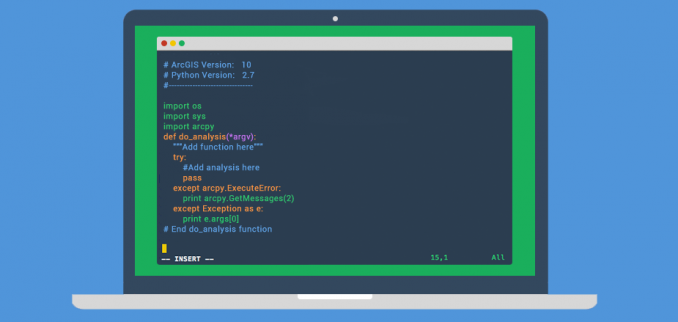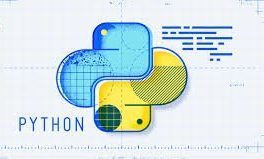As we all know, Python is the most trending and widely applicable programming language with high Artificial intelligence and Machine Learning applications. Let’s look into the history of Python and learn more about it.

Python is an interpreted, high-level, general-purpose programming language. Created by Guido van Rossum and first released in 1991, Python’s design philosophy emphasizes code readability with its notable use of significant whitespace. Its language constructs and object-oriented approach aim to help programmers write clear, logical code for small and large-scale projects.
History of Python & Background
Python was imagined in the late 1980s by Guido van Rossum at Centrum Wiskunde and Informatica in the Netherlands as a successor to the ABC language, equipped for a particular case dealing with and interfacing with the Amoeba working framework. Its usage started in December 1989.
Van Rossum carried sole obligation regarding the venture as the lead designer until July 12, 2018. He declared his “perpetual excursion” from his duties as Python’s Benevolent Dictator For Life, a title the Python people group presented to him to mirror his extended haul responsibility as the undertaking’s central chief. He presently shares his initiative as an individual from a five-person directing council. In January 2019, dynamic Python center designers chose Brett Cannon, Nick Coghlan, Barry Warsaw, Carol Willing, and Van Rossum for a five-part “Controlling Council” to lead the task.
Python language – A dynamically typed and garbage-collected one. It supports multiple programming paradigms, including procedural, object-oriented, and functional programming. Python was often described as a “batteries included” language due to its comprehensive standard library.
Releases in the History of Python
Python 2.0 was released on October 16, 2000, with many significant new features, including a cycle-detecting garbage collector and Unicode support.
Python 3.0 was released on December 3, 2008. It was a major revision of the language that is not completely backward-compatible. Many of its major features were backported to Python 2.6.X and 2.7.X version series. Releases of Python 3 include the 2to3 utility, which automates (at least partially) the translation of Python 2 code to Python 3.
Other Major Releases in the History of Python
| Python Version | Released Date |
|---|---|
| Python 1.0 | January 1994 |
| Python 1.5 | December 31, 1997 |
| Python 1.6 | September 5, 2000 |
| Python 2.0 | October 16, 2000 |
| Python 2.1 | April 17, 2001 |
| Python 2.2 | December 21, 2001 |
| Python 2.3 | July 29, 2003 |
| Python 2.4 | November 30, 2004 |
| Python 2.5 | September 19, 2006 |
| Python 2.6 | October 1, 2008 |
| Python 2.7 | July 3, 2010 |
| Python 3.0 | December 3, 2008 |
| Python 3.1 | June 27, 2009 |
| Python 3.2 | February 20, 2011 |
| Python 3.3 | September 29, 2012 |
| Python 3.4 | March 16, 2014 |
| Python 3.5 | September 13, 2015 |
| Python 3.6 | December 23, 2016 |
| Python 3.7 | June 27, 2018 |
| Python 3.8 | October 14, 2019 |
| Python 3.9 | October 5, 2020 |
| Python 3.10 | October 4, 2021 |
| Python 3.11 | October 24, 2022 |
| Python 3.12 | October 2, 2023 |
Highlights
- Python laid its foundation in the late 1980s.
- The implementation of Python was started in December 1989 by Guido Van Rossum at CWI in the Netherlands.
- In February 1991, van Rossum published the code (labeled version 0.9.0) to alt.sources.
- 1994, Python 1.0 was released with new features like lambda, map, filter, and reduce.
- Python 2.0 added new features like a list comprehension & garbage collection system.
- On December 3, 2008, Python 3.0 (also called “Py3K”) was released. It was designed to rectify fundamental flaw of the language.
- ABC programming language is said to be the predecessor of Python language which was capable of Exception Handling and interfacing with Amoeba Operating System.
- Python is influenced by following programming languages:
- ABC language.
- Modula-3
So, the above gives a brief picture of history of Python and its evolution till date.
Must Read
Break Outside Loop Error in Python: Cause and Resolution
Python Forking: Explanation and Illustration
XML to CSV Conversion Using Python
